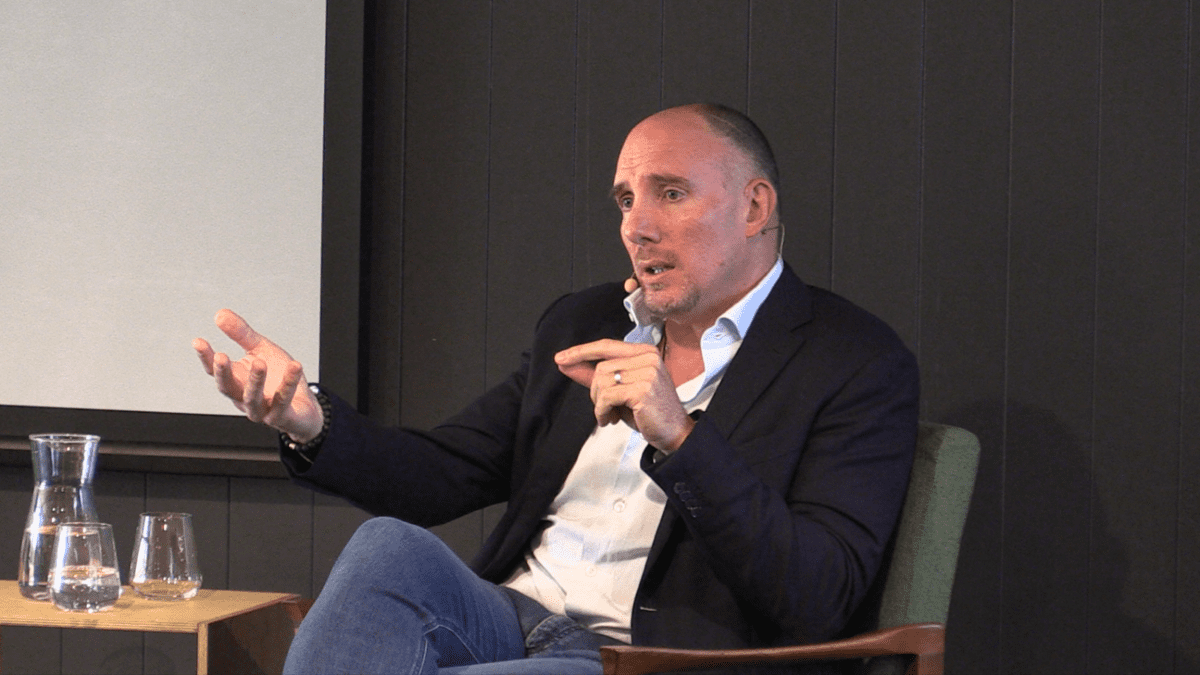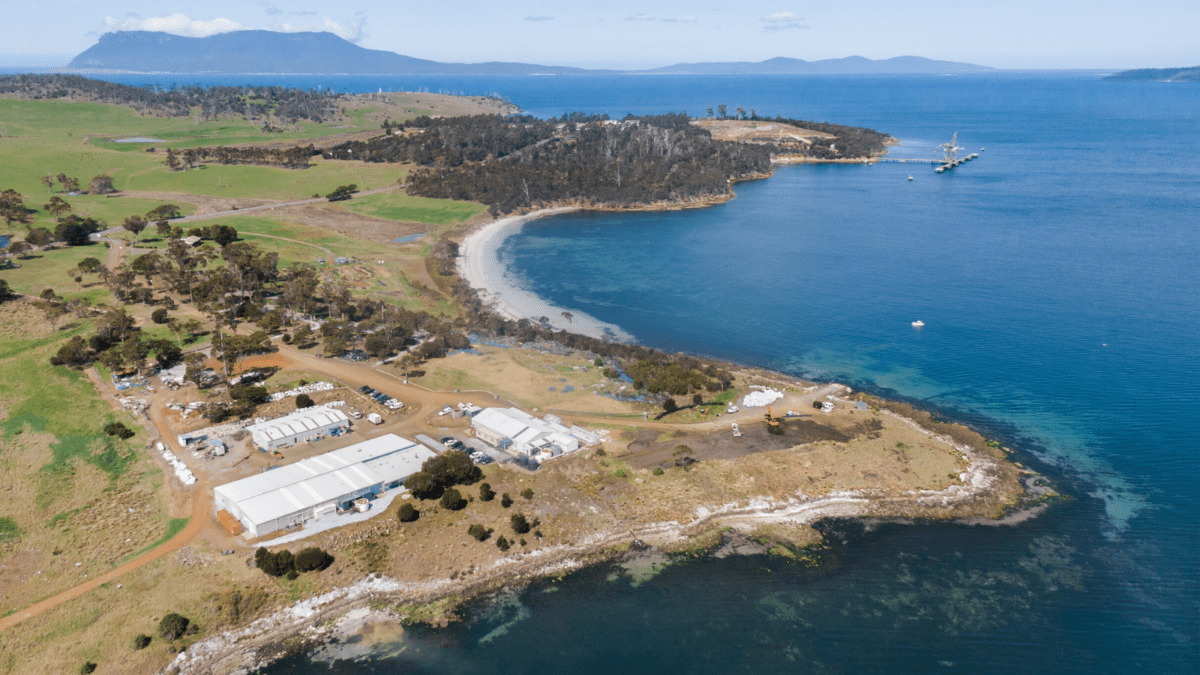Why Paris-aligned benchmarks go ‘way too far’
Paris-aligned benchmarks (PABs) are meant to reduce portfolio carbon emissions in line with the Paris Agreement on limiting the rise in global temperatures to below 2°C and preferably to 1.5°C. But they mostly do that by excluding pollutive companies altogether, meaning that investors who use the current approach only “look like they’re doing something” when they aren’t really helping the transition at all, according to Scientific Beta (SciBeta).
“One of the greatest issues we see is defunding certain sectors,” says Mike Aked (pictured), senior investment specialist at SciBeta. “We need a transition and the sectors that require serious transition, particularly utilities, need substantial funding. They need to increase their footprint by four times in terms of the amount of energy they need to produce, and that requires investment. You need to focus on reducing your carbon footprint within sectors by funding those companies that are transitioning and are doing well rather than defunding the entire thing.
“We believe that 95 per cent or all of your reduction, if you can, should come from within sector, not across sector, allocations. The PABs push you out of particular sectors and we don’t think that does you any good in terms of enabling the economy to transition.”
The use of stringent targets was “very important” for other contributors to the creation of the PABs, including large index fund and data providers, but SciBeta believes the benchmarks go too far and that investors should instead focus on minimising greenwashing risk.
“The majority of statistics that investors are looking at are very topline statistics: how you decrease your carbon footprint, how much coal and gas mining and production do you have in your portfolio, how much energy is needed for future mining,” Aked says. “They don’t really go to an active transition. There’s a warm glow, an ability for investors to say, ‘I’m doing my bit – here’s my one or two metrics, I’ve reduced my footprint by 50 per cent’ – but they don’t go into how we’re going to do good rather than just feeling good.”
The climate transition benchmark product category, introduced alongside the PABs but with a less rigid approach to fossil fuel companies, is probably more useful for investors and the transition, Aked says, but is still only a starting point; institutional investors actually need to follow through on engagement-led approaches by not increasing their weighting to companies with deteriorating climate scores.
“When we analysed the typical strategy used across the investment universe, a third of the increasing weights were attributable to deteriorating climate firms,” Aked says. “When there is no alignment between your working with companies and the change of their weight, they’ll stop listening to you… If you get a blurred signal, then all your work at a company level will not matter.”
Launched 10 years ago out of the EDHEC Business School in France, SciBeta only established an on-the-ground presence in Australia after selling a majority stake in the business to the Singapore Exchange. The firm has seen a strong start to the year, with growing interest in its capabilities from the local institutional investor set. Aked notes that Australia has been “very slow on the quantitative uptake”.
“The reason for that is the investment environment for Australia, particularly our own indices, is difficult to do in a quantitative framework, and probably required all the years up to now to figure out how to do it well,” Aked says. “The lack of diversification on an individual stock level as well as an industry level creates a greater challenge, and a lot of global quantitative firms entering this marketplace without local expertise have not done that well.”
Much of SciBeta’s discussions with super funds have been around the macroeconomic risk embedded in portfolios – exposure to growth and changes in growth and future inflationary. But like all outsourced providers, SciBeta is having to work within the tracking error constraints of the YFYS performance test.
“YFYS creates a risk environment, a lack of ability to take as much risk as you would optimally, and we need to deliver the greatest return and the greatest diversification without moving outside that 1-2 per cent tracking error,” Aked says. “I’ve worked within multiple markets and Australia has been the most tracking error constrained market in the world. It was like that in the 90s, and this has just taken that up another level.”










